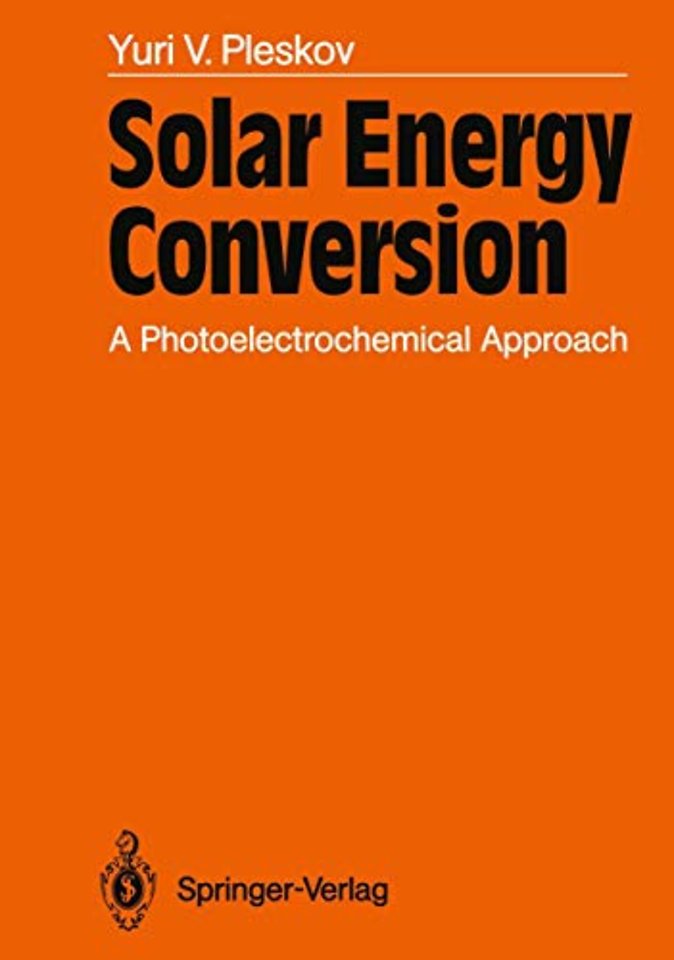Solar Energy Conversion
A Photoelectrochemical Approach
Paperback Engels 2011 9783642749605Samenvatting
In the past 12-15 years an essentially new trend in electrochemistry has sprung up around the problem of solar energy conversion. Strictly speaking, this is not a purely electrochemical but an interdisciplinary field involving the fields of cataly sis, corrosion, chemistry of disperse systems, and others. Nevertheless, electro chemistry, to be more exact, photoelectrochemistry of semiconductors, provides a theoretical basis for new methods of converting light energy into electrical or chemical energy, which, we hope, shall find practical application in the not so dis tant future. In the past years, this field has been discussed amply and at length in special monographs (e. g. , in Ref. [l]). Therefore, in this book the photoelectro chemistry of semiconductors is presented in a concise form (exceptions are only specific problems which have been elucidated incorrectly or have not been covered completely in the literature). In this compact monograph we have aban doned the principle of "self-seclusion": for a more deep insight into the funda mentals of electrochemistry, photoelectrochemistry, and physics of semiconduc tors the reader shall have to refer to the below-cited manuals, while information on the physicochemical properties of particular semiconductor electrodes can be taken, e. g. , from Refs. [2, 3].
Specificaties
Lezersrecensies
Inhoudsopgave
Rubrieken
- advisering
- algemeen management
- coaching en trainen
- communicatie en media
- economie
- financieel management
- inkoop en logistiek
- internet en social media
- it-management / ict
- juridisch
- leiderschap
- marketing
- mens en maatschappij
- non-profit
- ondernemen
- organisatiekunde
- personal finance
- personeelsmanagement
- persoonlijke effectiviteit
- projectmanagement
- psychologie
- reclame en verkoop
- strategisch management
- verandermanagement
- werk en loopbaan

